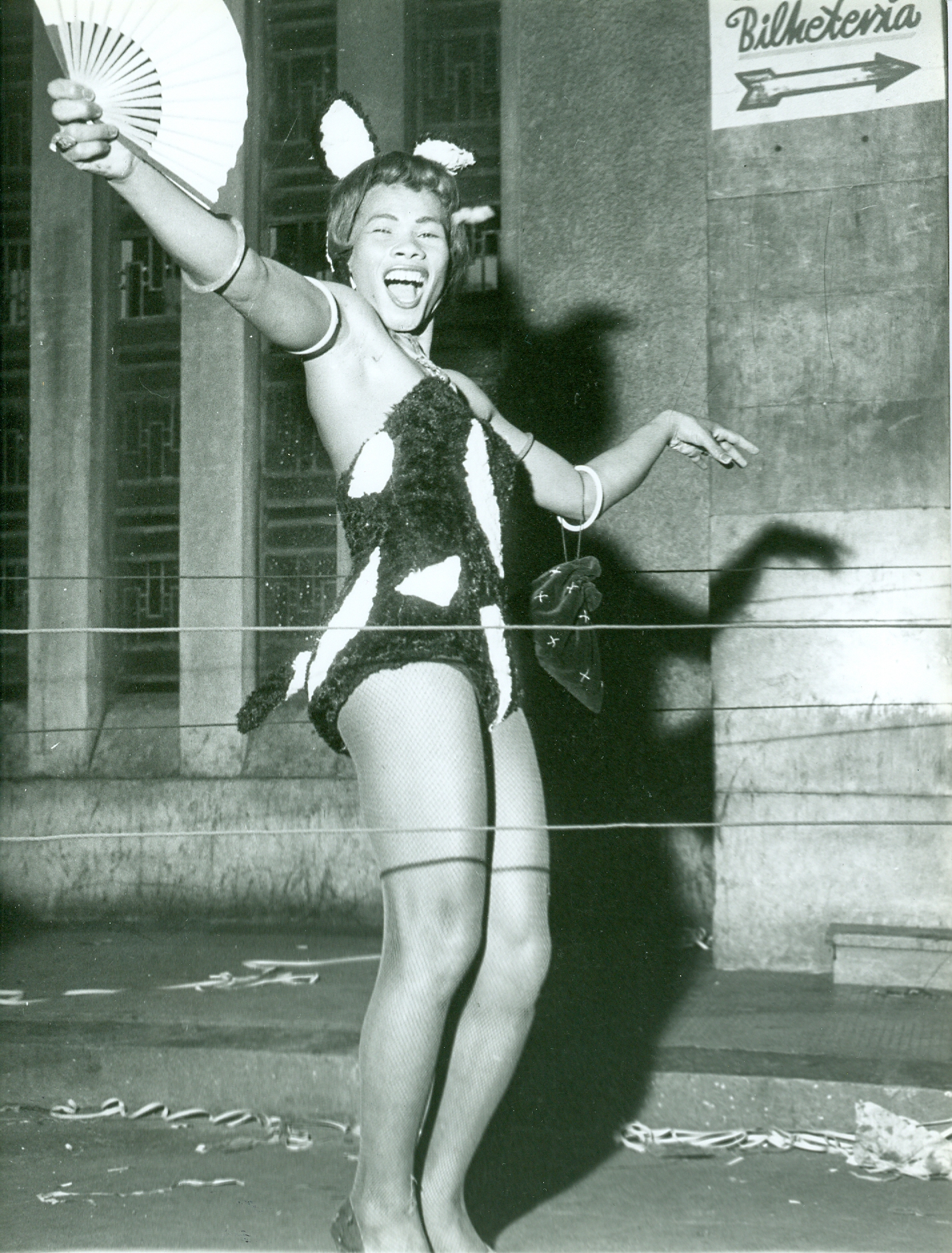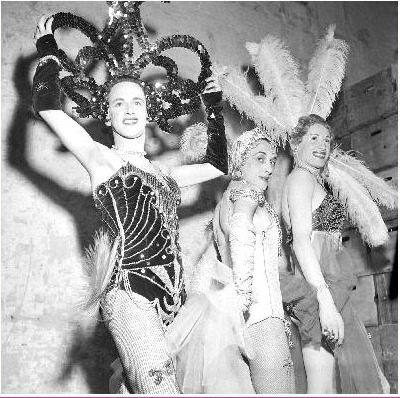The inversion and subversion of sexual and social roles characterizes Brazilian Carnival. This annual deviation from societal norms, however, projects a misleading image of sexual openness, tolerance, and freedom in Brazil and obscures deeper patterns of repression and homophobia. Nonetheless, gay Brazilians in the postwar period appropriated Carnival to express their notions of femininity and sexuality and ultimately gain further recognition and acceptance within Brazilian society.

The Baile dos Enxutos, a particularly notable Carnival Ball, became a Carnival staple in Rio by the early 1960s.
Ironically boasting a sash that reads, “Princess of Carnival,” Rock Hudson was an honored guest of Rio’s pre-lenten festivities in 1958. Click on the image below to read contemporary news coverage of the event.
In 1964, the song “Cabeleira do Zezé,” written by João Roberto Kelly and performed by Jorge Goulart, became a hit tune. The lyrics allude to the homosexual presence during Carnival, and both gay and straight partygoers would shout “bicha!” after the repeated line, “Do you think he is?”
https://www.youtube.com/watch?v=YpPFBjaAzF4









